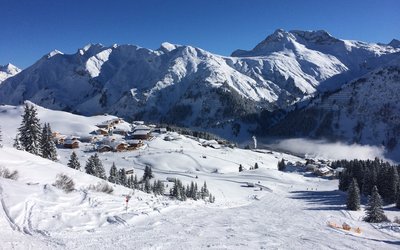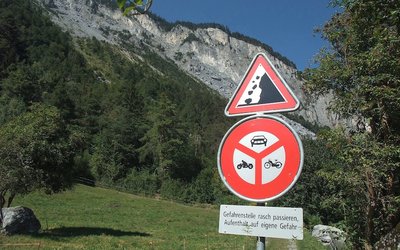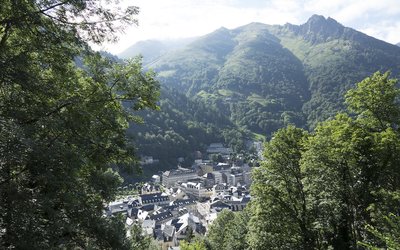In the Alps, global warming increases the risk of rockfalls
August 22, 2025
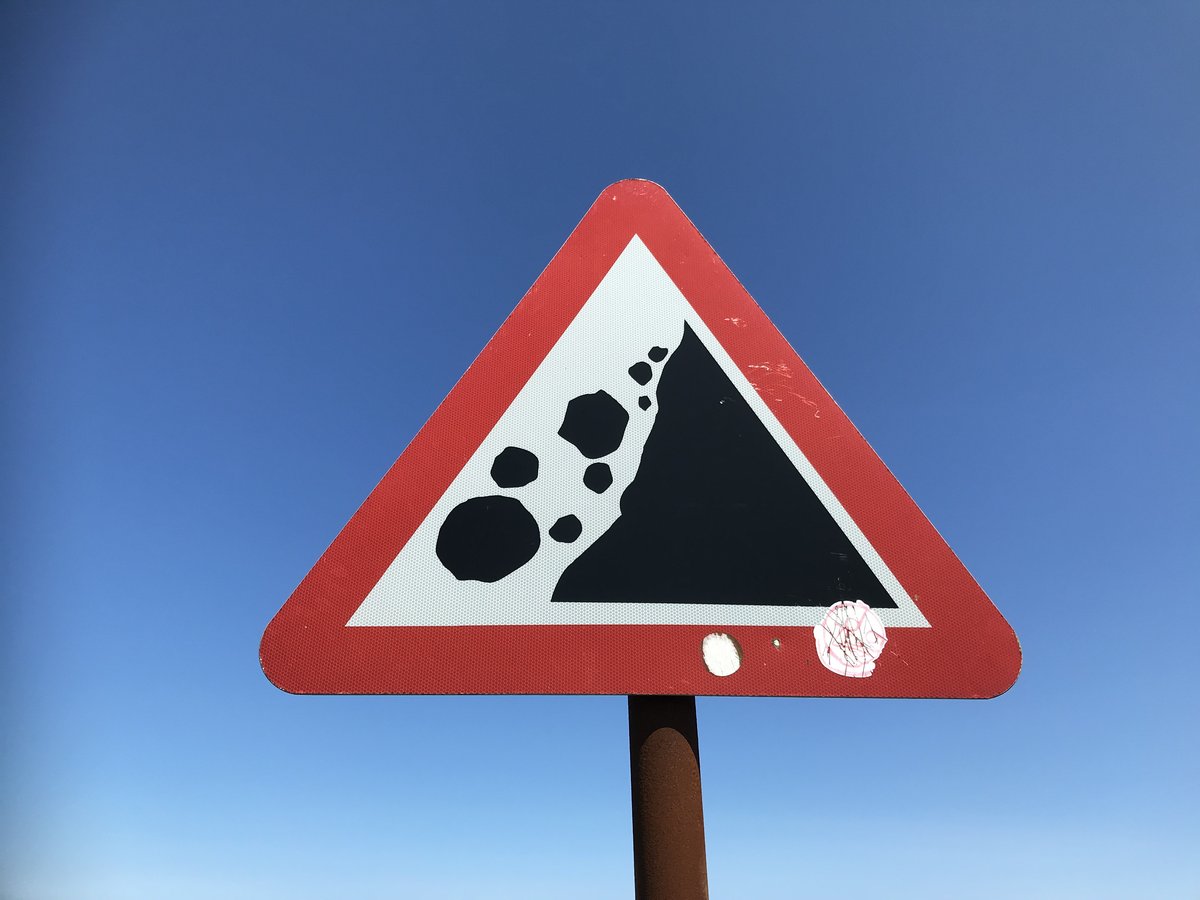
The impact of climate change on summer temperatures is much greater in the mountains than the average across the European continent. And Europe is also warming faster than the global average. No wonder that things are changing in the Alps. We saw the impact of climate change this spring when a landslide destroyed large parts of a Swiss village after part of a glacier collapsed.
Permafrost
Rock slopes are becoming unstable, increasing the number of rockfalls. This instability results from two processes. First, the ice in the cracks that have stabilized rocks so far is melting. The ice has kept pieces of rock together under conditions where the water in these cracks is more or less permanently frozen. Permafrost, scientists call this. Now that this natural glue is melting in the summer at several places in the mountains, rock slopes are falling apart. Slope stability deteriorates further because the meltwater penetrates deep into the cracks where it refreezes, expands and widens the cracks.
Glacier retreat
Second, glaciers are shrinking, leaving behind rock slopes that are no longer supported by the ice. In fact, they become exposed to the frost action of ice melting and refreezing in the cracks, causing the rocks to break apart. Both the unloading of this stabilisation by the glaciers and the increased frost action alter the stability of the rock slopes and increase the risk of rockfalls. Glaciers in the European Alps have lost about 50% of their total volume between 1850 and 1975. Since then, the glacier retreat has accelerated. About half of the glaciers that remain will likely be gone by 2050.
Rockfalls
Recent rockfalls have been inventoried in the Eastern Alps, from 2006 to 2017, and related to permafrost degradation and glacier retreat. In this study, only areas above 1800 metres and not covered by forest or settlements were considered. 1989 locations were verified as rockfall scarps. Around three quarter of the scarps have a volume between 200 and 1,000 m3, 42 scarps a volume > 10,000 m3 and seven scarps a volume > 100,000 m3, with a maximum volume of 194,500 m3.
Climate change
Only 22% of the potential rockfall area was characterized by thawing permafrost and frost action – meltwater penetrating and refreezing deeper into the cracks. In this area, about 76% of all rockfalls occurred, illustrating the link between thawing permafrost under global warming and rockfalls.
Only 4.7% of the total potential rockfall area was still covered by ice in 1969. About 40% of the rockfalls occurred here, illustrating a connection between rockfall occurrence and glacier retreat.
The time span of 11 years of observations is too short to conclude an increase in rockfall due to climate change. However, these results confirm the strong influence of permafrost degradation and glacier shrinkage on slope stability in high-alpine regions.
Source: Fey et al., 2025. Earth Surface Processes and Landforms 50, e70063.

